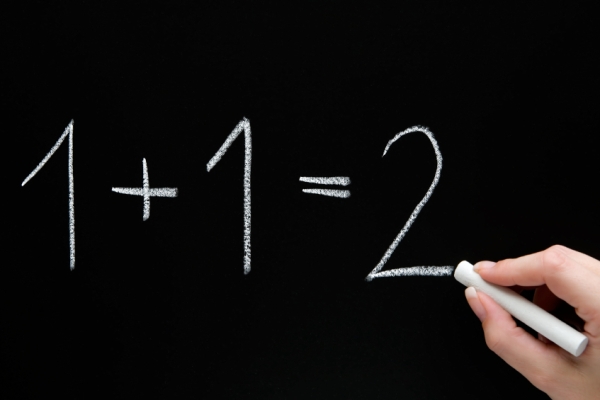How to Deal With Sunk Costs & Be A Better Spender!
OK – it’s time to get psychological here, and no, there won’t be a test! We’re going to talk about the effects ‘sunk costs’ can have on your finances.
A sunk cost is money that you’ve put towards something you can’t get back. Whether it’s a non-refundable purchase (sale items), a phone or a deposit on a vacation rental, it’s spent money – regardless of what you do afterwards. Sunk costs can get dangerous when you need to spend more just to get value out of what you’ve already spent.
For example: You spend $200 on a set of golf clubs, and go to the driving range (another $10). You’re no good, so you get two lessons ($45 each). Let’s say you did all that and it turns out you still don’t even like golfing! That was $255 of your hard earned money! Rather than ‘waste’ the money you already spent, you hit the range some more and schedule some tee-times – continually spending cash to ‘recoup the value’ from your original spend. Do you see the problem here?
If you spend $A, but need to spend $B to get enough value to justify the first expense, is it worth it?
It’s ok to make mistakes with your money – but it’s not ok if you don’t learn from it. Spending more cash to get value out of what you’ve already laid out doesn’t make sense! Once you can deal with the psychological part of mistakenly spending some cash (and dealing with it) you can start learning.
Throwing good money after bad isn’t a way to gain ‘value’ out of what you’ve already spent – it’s just costing you more in the long run. The quicker you can identify a sunk cost as a bad spend (and abandon it!) the better for your bank account.
Can you think of any other sunk costs in your life that make you spend more than you need to? Hit the comments!
For a more detailed look at sunk costs, and a GREAT read, click here)!
